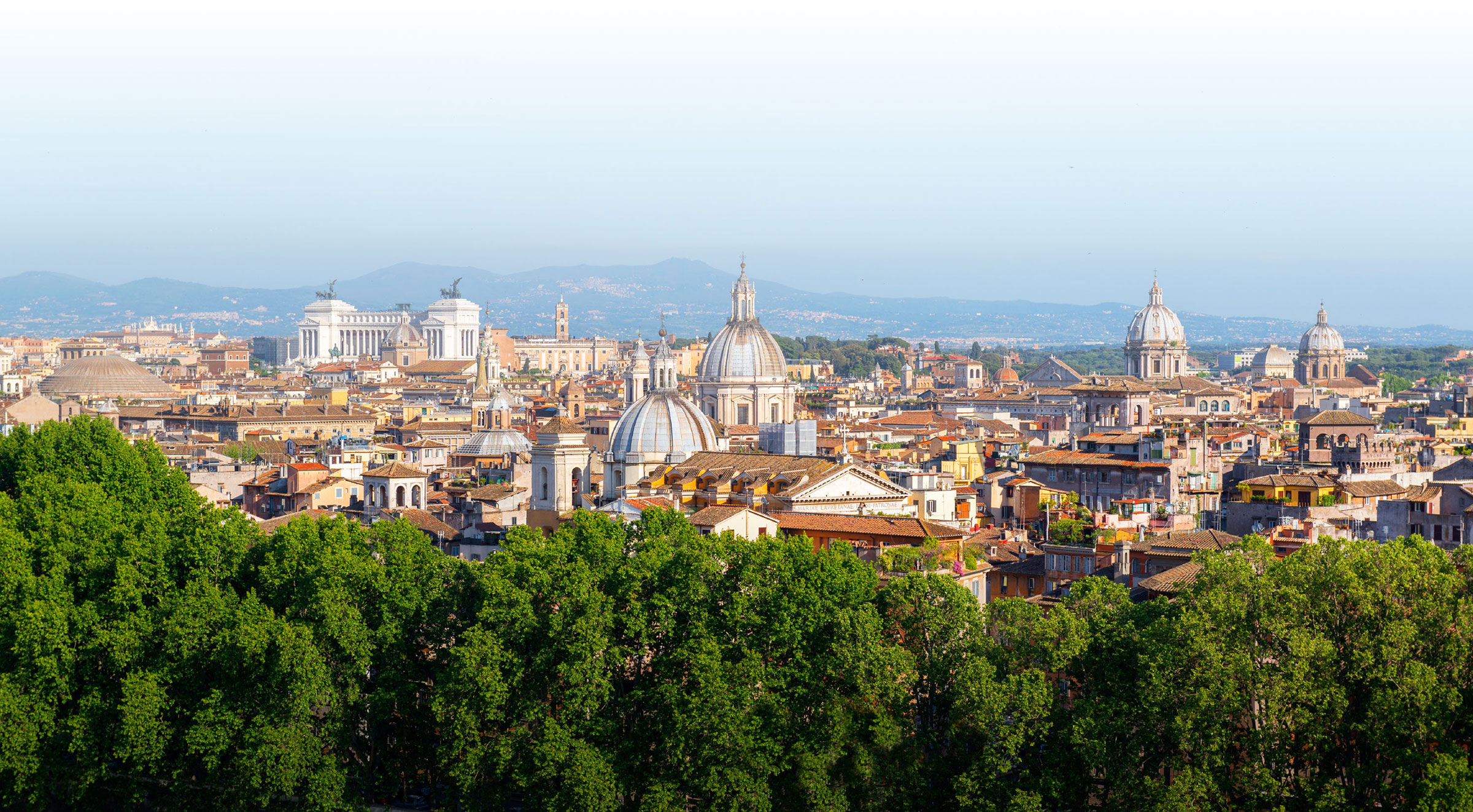China
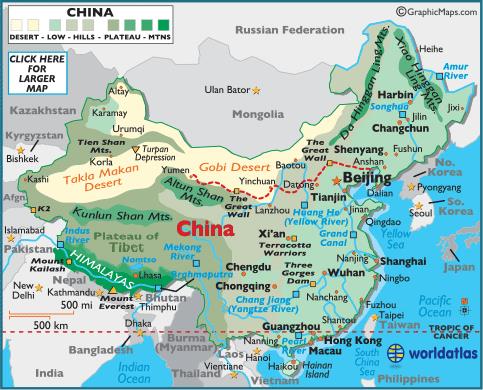
China will have a profound impact on your child’s life. Whether it is militarily, economic or cultural, China will influence the world for at least the next few generations and possibly for 1,000 years. You would be giving your child a valuable gift to go and see this country firsthand in order to understand how different it is than your world. Not better, not worse, just very different.
The communist government in China has the ability to control everything: the press, the internet, allocation of natural resources, schools, where you can live and even how many children a family can have.
Let’s start with a few facts. China has 1.4 billion people, 3X the number of the U.S. Because of its one child rule, all the kids in school are not only all first born, they are the only child in the family with six adults raising them. In addition, given the stringent family planning that takes place, Chinese families choose to have males over females creating an imbalance of more adult men than women. The social consequences of this policy are enormous. The Chinese have created a saying about the men that do not marry: They become bare branches. The Chinese eat 5X as much rice annually versus Americans, while we eat roughly 235 pounds of meat per person per year, Chinese half as much, although it has been increasing significantly since 1975. Americans like beef, Chinese pork.
Three most Chinese centric sites to introduce your child to are: the Great Wall of China, the Terracotta Army and The Forbidden City.
The Great Wall of China started in regional territories to protect their boarders between 770-221 BC. Emperor Qin connected the diverse sections between 221-207 BC. Expanded by future emperors it ultimately covered over 13,000 miles (New York to Los Angeles is only 2,800 miles). While called a wall, it is in fact a military defense system including watchtowers for lookouts, fortresses for stationing soldiers and supplies and beacon towers allowing quick communication across the entire wall. Huge and long the wall did not prove very effective preventing invaders from entering China. Most of the wall millions visit today was expanded and improved between 1368-1644. It remains today the largest construction project ever completed.
The Terracotta Army was discovered just outside Xian, China. Created in early 200 BC, Emperor Qin had 8,000 soldiers replicated in terracotta sculptures along with horses and chariots, all of which were buried with the emperor. Only discovered in 1974, the Army is still being unearthed today.
The Forbidden City was the imperial palace for emperors from 1420 to 1912. Built in the center of Beijing on 72 acres, the palace has 980 buildings. The traditional Chinese architecture would be replicated throughout East Asia. It witnessed civil war in 1644, was captured by a British-French force during the Second Opium War (1856-1860) when the Europeans forced China to open trade, and was occupied again by foreign forces in 1900 during the Boxer Rebellion when Chinese rebels wanted to throw out foreigners, particularly Christian missionaries and again by the Japanese in the 1940’s. China’s historically closed society combined with these foreign incursions still influence China’s interactions with the world to this day.
Photo Gallery
Read
-
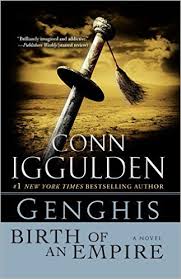 Genghis: Birth of an Empire: A Novel (The Khan Dynasty)
Genghis: Birth of an Empire: A Novel (The Khan Dynasty)
-
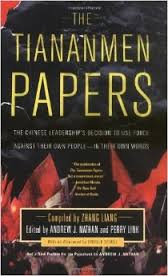 The Tiananmen Papers
The Tiananmen Papers
-
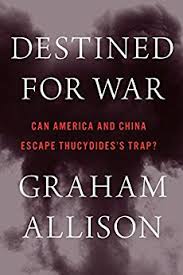 Destined for War: Can America and China Escape Thucydides’s Trap?
Destined for War: Can America and China Escape Thucydides’s Trap?
-
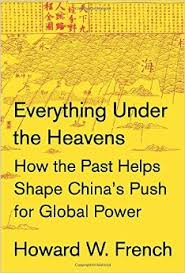 Everything Under the Heavens: How the Past Helps Shape China’s Push for Global Power
Everything Under the Heavens: How the Past Helps Shape China’s Push for Global Power

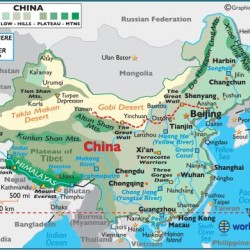
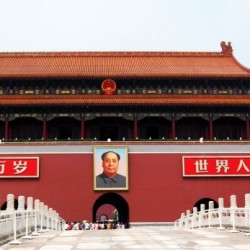
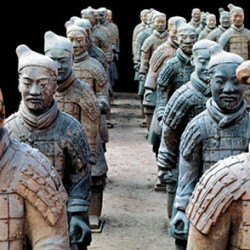
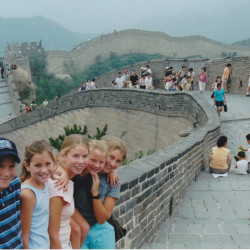
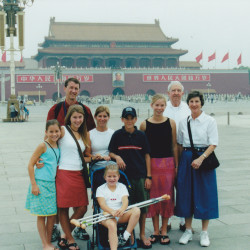
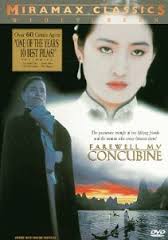 Farewell My Concubine
Farewell My Concubine
 Hero (English Subtitled)
Hero (English Subtitled)
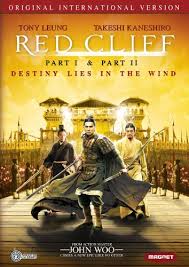 Red Cliff International Version – Part I & Part II
Red Cliff International Version – Part I & Part II
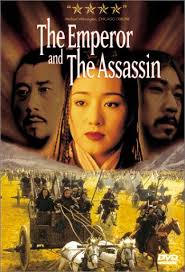 The Emperor and the Assassin
The Emperor and the Assassin
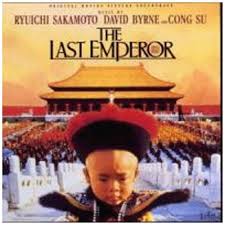 The Last Emperor
The Last Emperor
